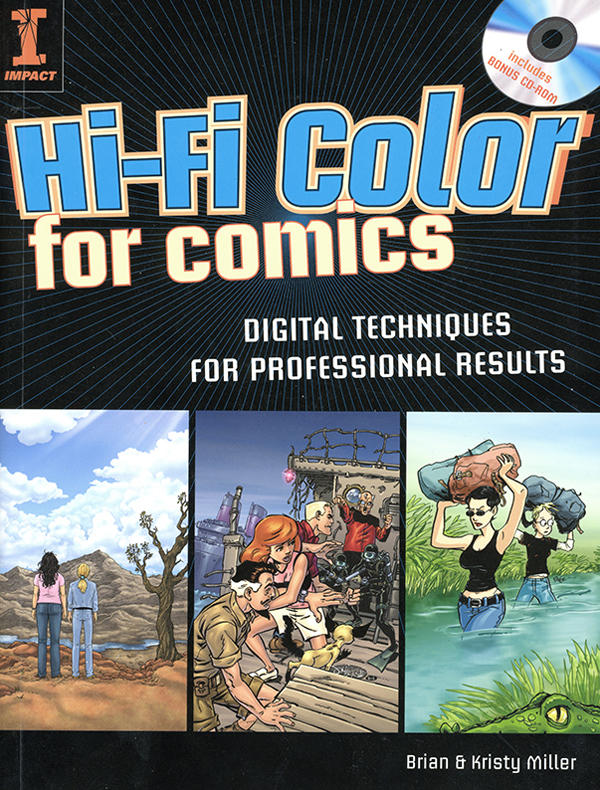hobbitbabe recently gave me a “three things” challenge. She asked me to talk about “somewhere you would like to travel that you have not been yet, about extreme programming, and about the Red Rocket.
somewhere I have never travelled (gladly, beyond any experience)
There are a number of places I’d like to visit. If I’m honest, I’d probably travel to many places if I had the chance. There are some places I wouldn’t go to because I perceive them as primarily cold (I don’t think I’d go to Antarctica, for example). And there are places that lack edible cuisine (like Germany). And there are still places where my queer ass isn’t terribly safe. But for the most part, if I had the chance to go somewhere new, I’d probably give it a whirl.
There are some places that I’d really like to see. India is a good example. Morocco.
One place that I have a weird, unrealistic dream about visiting is Bali. I say weird and unrealistic because I think I have a vision of what a Bali vacation would look like that bears little resemblance to reality: I’m attracted to the idea of sleeping in an open-air cottage, with a fresh breeze and beautiful, tropical air.
I’m sure that vision of Bali is an illusion: I’m told that, really, Bali is kinda overrun with tourists. And that open air cottage that I imagine is probably built way too close to fifteen other cottages. So it’s noisy, and security is a problem.
I guess that when I think of visiting most places, my imagining isn’t pre-burdened with a lot of expectations about what an ideal vacation there would look like; Bali is my exception. I have a completely unrealistic Bali dream vacation.
What that means, probably, is that I’ll never go there, because it’d be a huge disappointment. Better to go some place where you have no idea what to expect.
Going to Extremes
When I first started working for Intelliware, the company had just embarked on a transition to extreme programming. That’s actually not a phrase that many people say these days: Extreme Programming was, basically, the first style of Agile methodology, created and described by Kent Beck. These days, people tend to refer to “Agile” in place of explicitly naming Extreme Programming.
But Intelliware was explicitly inspired by Beck’s Extreme Programming. It happens that the founders of the company knew Beck (they were long time SmallTalk programmers and met him back in the SmallTalk days). Not long after I started at Intelliware, we had Beck come in to our office for a couple of days to advise us on our transition. It was an interesting time.
Agile continues to be part of the Intelliware corporate culture, and we get a lot out of it. And it’s become so mainstream that even our banking clients are serious about adopting it. We’re often in the place, now, where we’re being hired as agile coaches to help such organizations make the shift.
Here’s the thing: I hate agile coaches. There’s this whole food chain of agile consultants who go to conferences, and write papers and advise about agile adoption. And I almost-universally think that they’re all talk and no action.
There are big parts of agile that continue to be useful in my day-to-day life. There are some things that I’ve tended to move away from (frex: I actually think that we never quite saw all the benefits from pairing that we were promised, although pairing has its uses). But there’s a weird Agile orthodoxy which, like so many orthodoxies, I find ill-fitting.
Ride the Rocket
There’s this gag about getting directions in a small town: “first you head down this road to where Bill’s farm used to be, and then you hang a right. Then go straight until you get to where the church was before the big fire…”
I know that Toronto called our streetcars the “Red Rocket”, but that’s a always been a thing that people refer with a bit of nostalgia. I’ve never really heard anyone call it the red rocket, although I think there was a brief period where the TTC was using the slogan “ride the rocket” when I was living in the city (they just didn’t call it the “red” rocket). The term “red rocket” predates me living in Toronto, I think.
I ride the streetcar every weekday, to go to work and back. During the many George Brown classes I took, I also rode the streetcar there and back. I like the streetcar, but if I’m honest, I’d have to say that it’s not always comfortable. I tend to ride just slightly outside of rush hour times, but still the streetcars are pretty full. On really bad days, you can be riding with your face inches away from someone’s armpit, packed in to a full streetcar like a bunch of sardines dressed for the office.
And any time there’s inclement weather, a lot of people who might otherwise has walked or used bikes will suddenly switch over to become streetcar riders and the streetcar network can’t handle the increase. At all.
My normal ride is the Queen West streetcar, but every once in a while, it’s more convenient for me to take the King streetcar. The King streetcar is the busiest line in the city, and until recently, it was slow and so overcrowded that it wasn’t uncommon to have to watch three or four jam-packed streetcars pass before you could finally get on one of them. Two things have really improved that. First, we have new, longer streetcars that can carry more people. Truthfully, we should have had these new streetcars years ago, but Bombardier is a completely incompetent company and they should probably be sued. Except they’re a Canadian company and the various levels of government don’t want anyone picking on them.
The new streetcars are pretty cool. I was wary of them at first, as they have some very narrow corridors, but they have something like four segmented sections, with doors accessible in each. They’re lower to the ground, so people with buggies can get in more easily, and they’re equipped with wheelchair ramps, making it possible for chairs to get on and off.
The other thing that’s helped the King streetcar line is a change to the traffic rules along King that basically discourage cars from using it (cars can really only go to the next major intersection before they’re required to turn off of King). By reducing traffic along King (and, especially, getting rid of left-turners), the streetcars move along more quickly, and ultimately move more people.
Of course, car people hate this change. Really, car people hate everything about streetcars: if you’re stuck behind one, it slows down your journey. And if a streetcar breaks down, it jams up the line and no other streetcars can get by. Fuck car people. Those guys are assholes. Car people wish the city would replace the streetcars with buses, but buses can’t carry the volume of people that the streetcars carry. Me, I wish car people would replace their cars with transit. But car people are kinda self-entitled, in my opinion. They’re all special snowflakes who need their cars because it’s just too inconvenient for them to get to work any other way. Yes, I’m sure that there are people with legitimate needs, blah blah blah, but they’ve been few and far between in my experience.
Like I say, I take the streetcar most days. Often, it’s a no-fuss way to get in to work, and at the times I travel, I can usually find a seat on about half of my trips. If the TTC were better funded, we wouldn’t have to take vehicles out of service the moment they think rush hour has ended. I think that a Queen subway would be a good replacement for the streetcar network, but it’d be shocking if that happens in my lifetime.


